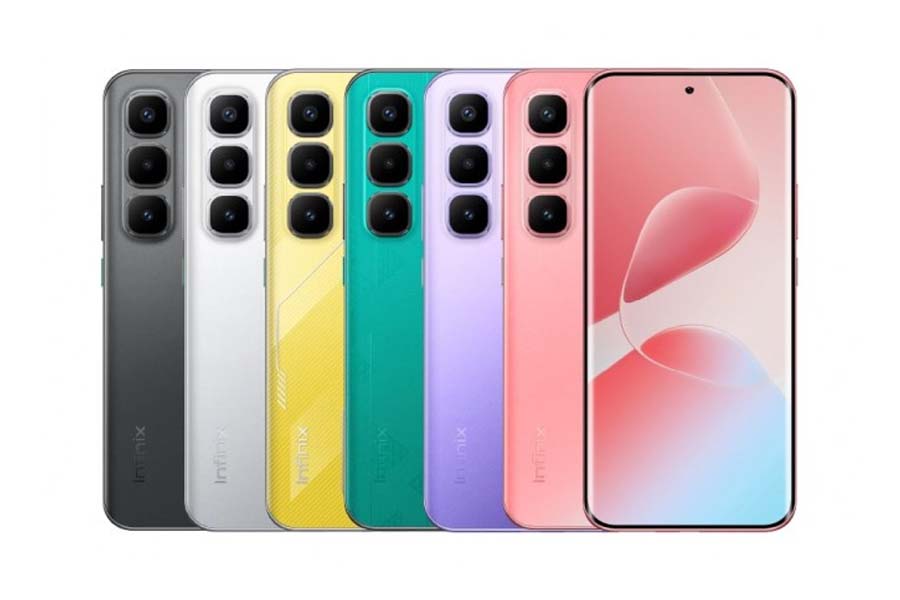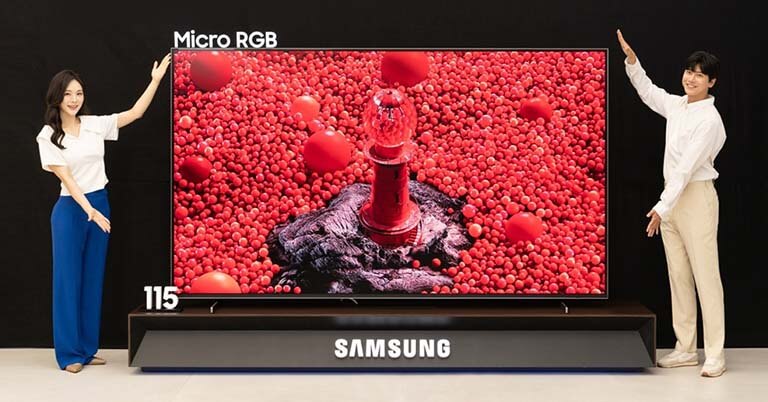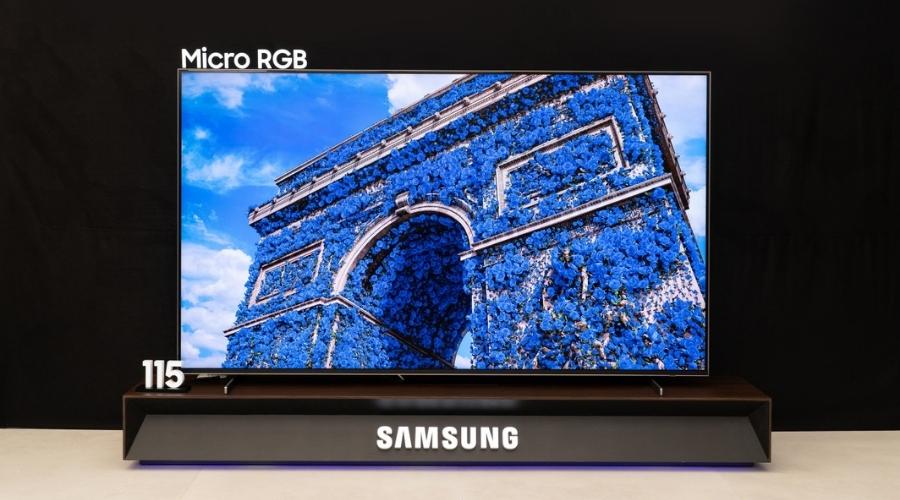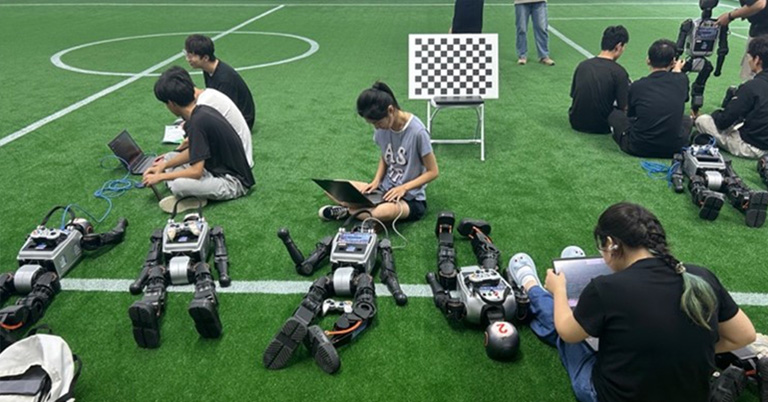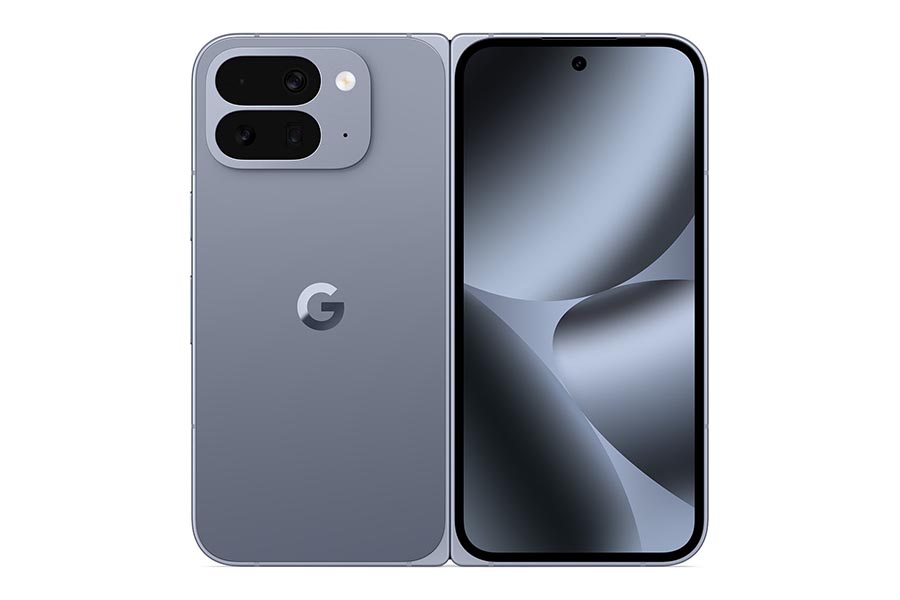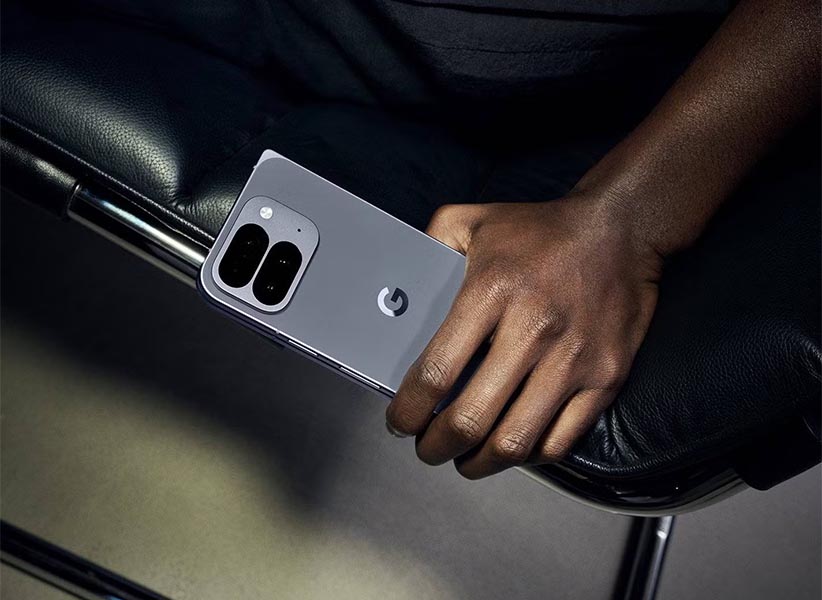Poco just dropped their latest budget phone, the M7 4G, and it’s packing some really good battery power. This article will discuss everything about the latest Poco M7 4G, including its price in Nepal, specifications, and availability.
Poco M7 4G Overview
Display and Design

You’re getting a massive 6.9-inch LCD screen with 1080p resolution and a nice 144Hz refresh rate. The display hits 850 nits peak brightness. These are all pretty impressive for a budget phone. At 224 grams, this thing’s definitely on the heavier side, but that’s the trade-off for the massive battery inside.
Performance and Battery
Performance is handled by the Snapdragon 685 4G chipset. You can pick between 6GB/128GB or 8GB/256GB variants, and storage expands up to 2TB via microSD.
But here’s the real star – that 7000mAh battery. Most phones barely crack 5000mAh, so this should easily last you two days. It supports 33W charging, though the charger isn’t included in European markets, if it makes to Nepa, it might surely feature one.
- Also, read
Camera and Software
Camera setup is pretty basic with a single 50MP rear shooter and an 8MP front camera. Both record 1080p video. It runs Xiaomi’s HyperOS 2 out of the box and comes with IP64 rating for dust and water resistance.
Poco M7 4G Specifications
- Display: 6.9-inch LCD, 1080 x 2340, 144Hz, 850 nits
- Processor: Qualcomm Snapdragon 685 4G
- RAM: 6GB/8GB
- Storage: 128GB/256GB (expandable up to 2TB)
- Camera: 50MP rear, 8MP front
- Battery: 7000mAh, 33W charging
- OS: HyperOS 2
- Other: Side fingerprint, IP64 rating
- Weight: 224g
Poco M7 4G Price in Nepal and Availability
The phone appeared in Poland first, but its pricing has not been disclosed yet.
- Meanwhile, check out our review of the Redmi Pad 2




